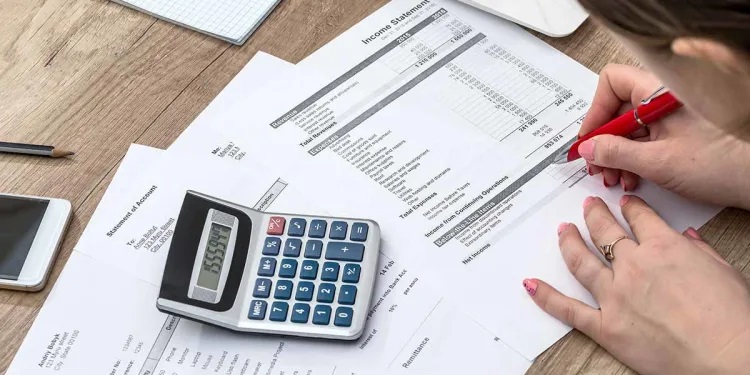
Financial statement preparation and analysis is a critical component of sound financial management for businesses of all sizes. It involves collecting, recording, and presenting financial data in a structured and meaningful way to facilitate decision-making by management, investors, creditors, and other stakeholders. In this article, we will discuss the key steps and techniques involved in financial statement preparation and analysis.
Step 1: Identify the Financial Statements to Be Prepared
The first step in financial statement preparation is to identify the financial statements that are required by accounting standards and regulations. The primary financial statements are the balance sheet, income statement, and cash flow statement. These statements provide information about a company’s financial position, performance, and cash flows.
Step 2: Gather Relevant Financial Data
Once the financial statements have been identified, the next step is to gather all relevant financial data. This includes information about the company’s assets, liabilities, equity, revenues, expenses, and cash flows. Data can be obtained from various sources, including accounting records, bank statements, invoices, receipts, and other financial  documents.
documents.
Step 3: Organize and Record Financial Data
After gathering financial data, the next step is to organize and record it in the appropriate financial statements. This involves using accounting software or spreadsheets to input the data into the respective financial statements. It is important to ensure that the data is accurate, complete, and consistent.
Step 4: Analyze Financial Statements
Once the financial statements have been prepared, the next step is to analyze them. Financial statement analysis involves interpreting the data to identify trends, strengths, weaknesses, and areas for improvement. The most common techniques for financial statement analysis include ratio analysis, trend analysis, and benchmarking.
Step 5: Interpret and Communicate Results
The final step in financial statement preparation and analysis is to interpret and communicate the results. This involves presenting the financial statements to management, investors, creditors, and other stakeholders in a clear and concise manner. It is important to explain the key findings and trends in a way that is understandable to non-financial experts.
Financial statement preparation and analysis is an essential process for businesses to assess their financial performance and make informed decisions. By following the key steps and techniques outlined in this article, companies can ensure that their financial statements are accurate, reliable, and meaningful.




